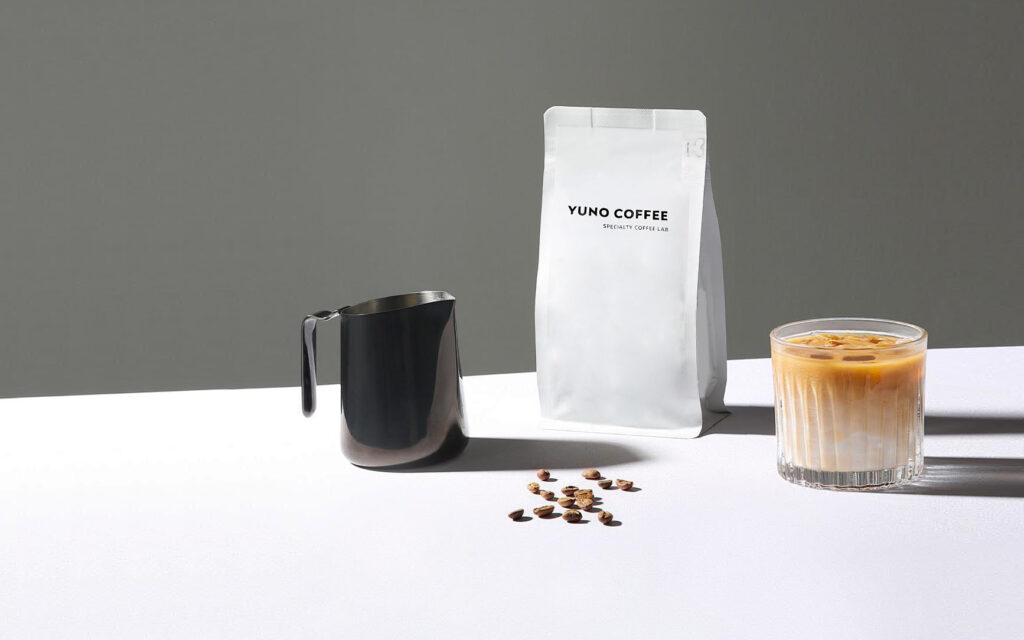Coffee beans not only provide a rich taste and aroma, but also bring a pleasant mood. However, the quality and flavor of coffee beans will be affected by the storage method. In order to ensure that every cup of coffee can reach the best state, the correct storage method is essential. This article will introduce the best practices for coffee bean storage to help coffee lovers maintain the freshness and unique flavor of coffee beans.

Factors affecting the quality of coffee beans
Before discussing specific storage methods, we need to understand several major factors that affect the quality of coffee beans:
Air: Oxygen in the air will oxidize coffee beans, causing their flavor and aroma to gradually disappear.
Humidity: High humidity will cause coffee beans to absorb moisture, causing mold and flavor degradation.
Light: Ultraviolet rays in sunlight will accelerate the oxidation process of coffee beans.
Temperature: High temperature will accelerate the aging and deterioration of coffee beans.
Odor: Coffee beans easily absorb odors from the surrounding environment, which affects their original flavor.
Methods for coffee bean Storage
Use sealed containers
Sealed containers are the first choice for storing coffee beans. Choose an opaque, well-sealed container that can effectively prevent the influence of air, moisture and light. For example, a high-barrier packaging bag with an air valve.
Avoid refrigerator storage
Although the refrigerator can provide a low-temperature environment, it is not suitable for storing coffee beans. The high humidity in the refrigerator will cause the coffee beans to absorb moisture and affect their quality. In addition, the smell of other foods in the refrigerator may also be absorbed by the coffee beans. If you need to store it for a long time, you can consider freezing it, but make sure to use a container with excellent sealing performance and gradually return to room temperature before use.
Store in a cool and dry place
Coffee beans should be stored in a cool, dry, dark place, away from heat sources and direct sunlight. The kitchen cabinet or food storage room is an ideal storage location.
Avoid frequent contact with air
Every time you take coffee beans, you should try to minimize the entry of air into the container. You can consider packaging the coffee beans into small portions to reduce the frequency of opening the container each time. Of course, many coffee packaging bags now have very efficient re-sealing methods.
Shelf life of coffee beans
Even under ideal storage conditions, the flavor of coffee beans will gradually decay over time. Generally speaking, roasted coffee beans have the best flavor within 2-4 weeks. Therefore, it is recommended to choose the appropriate purchase amount according to your own drinking amount, and try to enjoy it within the best flavor period.
How to judge whether coffee beans are spoiled
Spoiled coffee beans usually show the following characteristics:
Loss of aroma: Fresh coffee beans have a strong aroma, while spoiled coffee beans have a weak aroma or even a strange smell.
Bitter taste: Coffee brewed from spoiled coffee beans tastes bitter and lacks layering and complexity.
Appearance changes: Fresh coffee beans have a shiny surface, while spoiled coffee beans have a dull surface.
The storage of coffee beans has a vital impact on their flavor and quality. By using sealed containers, avoiding refrigerator storage, storing in a cool and dry place, and reducing frequent contact with air, you can effectively extend the shelf life of coffee beans and maintain their unique aroma and flavor. I hope these storage tips can help you better enjoy every cup of fragrant coffee.


